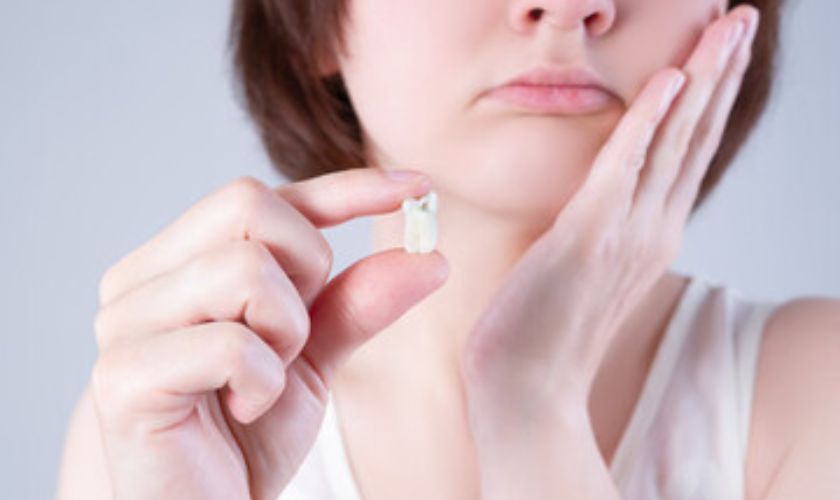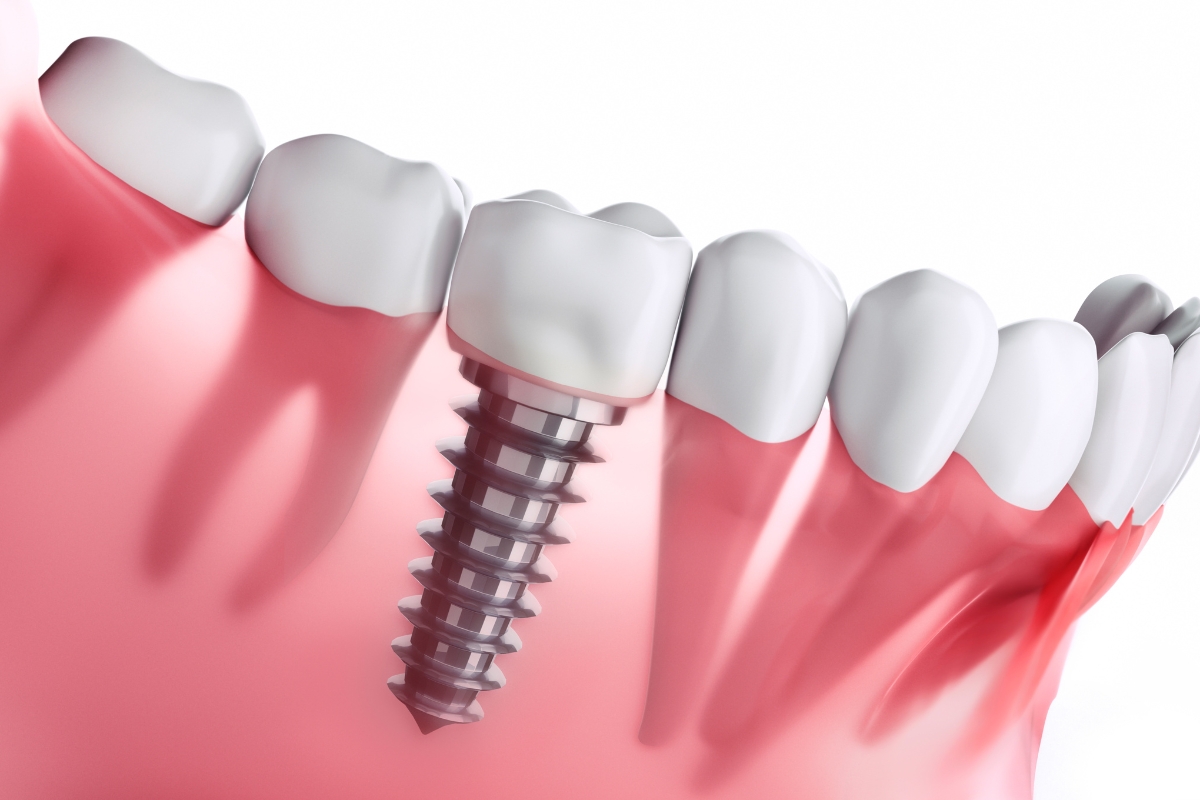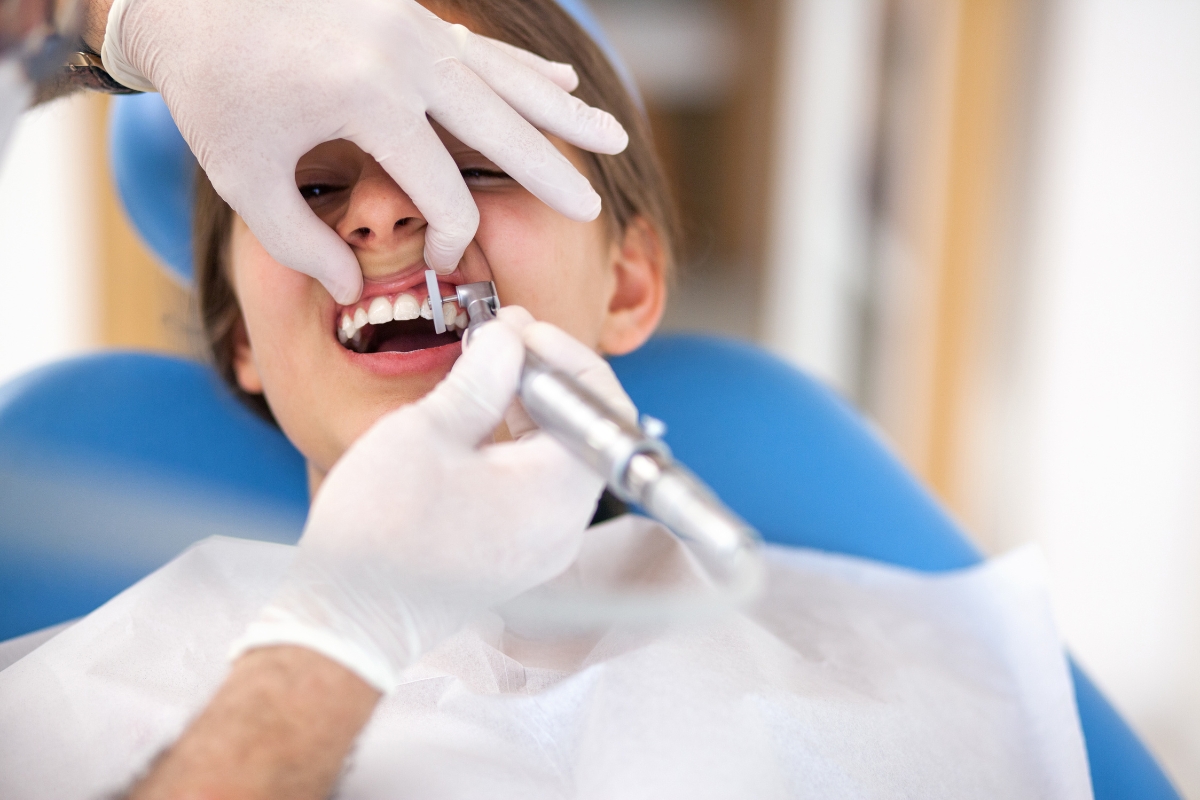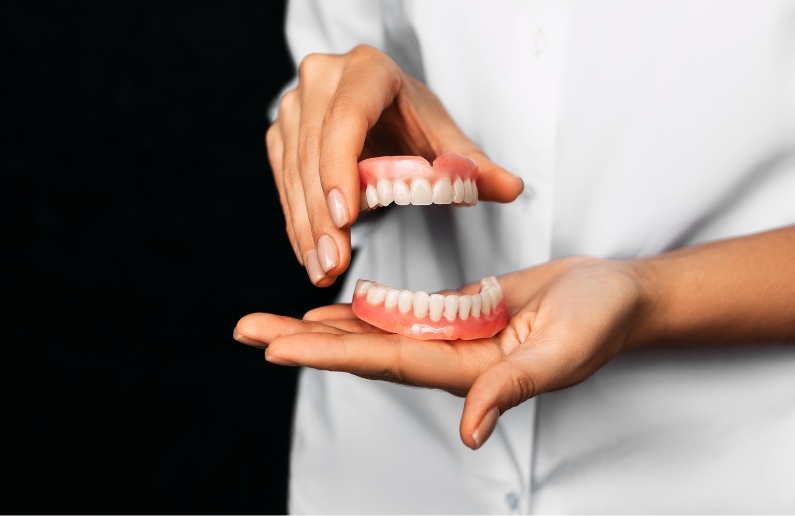
A Fresh Start: Embracing the Journey of Tooth Extractions
July 26, 2023
Tooth Extractions
Welcome to the transformative journey of tooth extractions, where new beginnings await. Sometimes, tooth removal is necessary to restore oral health and pave the way for a brighter smile. Tooth extractions offer a fresh start for your dental well-being, whether due to severe decay, trauma, or overcrowding. This process may seem daunting, but it opens the door to improved oral health, increased comfort, and the potential for future dental treatments. Join us as we explore the journey of tooth extractions and discover how it can lead to a renewed sense of confidence and well-being.
Understanding Tooth Extractions
Tooth extractions are dental procedures performed to remove a tooth from its socket in the jawbone. This may be necessary for various reasons, such as severe tooth decay, advanced gum disease, impacted wisdom teeth, or to create space for orthodontic treatment. Understanding the process and reasons behind tooth extractions can help alleviate any concerns or anxieties. It involves the evaluation of the tooth and surrounding structures, the administration of anesthesia, and the careful extraction of the tooth. Following proper aftercare instructions is crucial for healing and preventing complications. Consulting with a dental professional is essential to determine if a tooth extraction is the best course of action for your oral health.
Preparing for a Tooth Extraction
Preparing for a tooth extraction can help ensure a smoother procedure and a faster recovery. Here are three important steps to take before your tooth extraction:
1. Consultation with your dentist or oral surgeon: Schedule an appointment with your dentist or oral surgeon to discuss the tooth extraction. They will examine your mouth, take X-rays, and evaluate your overall dental health. This step is crucial to determine if the extraction is necessary and to plan for any potential complications.
2. Follow pre-extraction instructions: Your dentist or oral surgeon will provide specific instructions to follow before the extraction. These instructions may include:
– Medication: If you take any medications, inform your dentist or oral surgeon. They will advise you whether to continue or stop taking them before the extraction.
– Eating and drinking: Depending on the anesthesia used during the procedure, you may be required to avoid eating or drinking for a certain period before the extraction. This is typically done to prevent complications, such as vomiting while under anesthesia.
– Arrange for transportation: If you receive sedation or general anesthesia during the tooth extraction, you will need someone to drive you home afterward. Make sure you arrange for transportation in advance.
– Ask questions: Before the extraction, clarify any doubts or concerns you may have with your dentist or oral surgeon. Understanding the procedure, potential risks and post-operative care can alleviate anxiety and help you feel more prepared.
3. Prepare for post-operative care: After the extraction, you’ll need to take care of the site to ensure proper healing. Here are some tips for post-operative care:
– Rest: Plan to take it easy for a day or two after the extraction. Avoid strenuous activities that could increase bleeding or dislodge the blood clot forming in the extraction site.
– Pain management: Your dentist or oral surgeon may prescribe pain medications or recommend over-the-counter pain relievers to manage any discomfort after the extraction. Make sure you understand the proper dosage and follow their instructions.
– Swelling and bleeding: Swelling and minimal bleeding are common after a tooth extraction. Apply an ice pack to the affected area to reduce swelling, and bite down on a gauze pad provided by your dentist to control bleeding.
– Oral hygiene: Brush your teeth gently but avoid the extraction site for the first 24 hours after the procedure. Afterward, rinse your mouth with warm saltwater several times a day to keep the area clean and promote healing.
Remember to follow all post-operative instructions from your dentist or oral surgeon and attend any scheduled follow-up appointments to monitor your recovery progress.
Maintenance tips after a Tooth Extraction
After a tooth extraction, proper maintenance and care are crucial for a speedy and smooth recovery. Here are three important tips to follow for post-tooth extraction maintenance:
1. Follow proper oral hygiene practices: Good oral hygiene is essential after a tooth extraction. However, being gentle around the extraction site is important to avoid dislodging the blood clot or causing further irritation. Here’s how to care for your mouth:
– Brushing: Brush your teeth gently but avoid the extraction site for the first 24 hours. After that, you can carefully brush the remaining teeth, being cautious not to disturb the healing area. Use a soft-bristled toothbrush and be gentle.
– Rinsing: Rinse your mouth with warm saltwater solution multiple times a day, particularly after meals, starting from the day after the extraction. Mix 1/2 teaspoon of salt in 8 ounces of warm water. Gently swish the solution in your mouth for about 30 seconds and spit it out. Saltwater helps reduce swelling, prevent infection, and promote healing.
– Avoid rinsing forcefully or using mouthwash containing alcohol for the first 24 hours, as this can interfere with blood clot formation.
2. Control swelling and manage discomfort: Some swelling and discomfort are normal after a tooth extraction. To reduce swelling and manage pain:
– Apply ice packs: Apply an ice pack or cold compress to the affected area for about 15 minutes at a time during the first 24 hours. This can help reduce swelling and provide pain relief.
– Pain management: Take any prescribed pain medications or over-the-counter pain relievers as directed by your dentist or oral surgeon. Follow the recommended dosage and frequency to keep pain under control. Avoid aspirin, as it can increase bleeding.
– Rest and elevate your head: Resting and keeping your head elevated with an extra pillow while lying down can also help reduce swelling.
3. Follow dietary guidelines: What you eat and drink can impact your recovery after a tooth extraction. Follow these guidelines for a smoother healing process:
– Soft foods: Stick to soft or liquid foods for the first few days after the extraction. Examples include mashed potatoes, yogurt, soup, smoothies, and scrambled eggs. Avoid hard, crunchy, or chewy foods that can irritate the extraction site.
– Avoid using a straw: Drinking through a straw creates suction that can dislodge the blood clot and delay healing. Drink directly from a glass or use a spoon if necessary.
– Stay hydrated: Drink plenty of fluids to stay hydrated, but avoid hot beverages for the first 24 hours, as they can increase bleeding.
– Gradually reintroduce solid foods: As you heal, slowly introduce soft solid foods into your diet. Start with small, easily chewable pieces and gradually progress to your regular diet as tolerated.
FAQs about Tooth Extraction
1. Is tooth extraction painful?
The tooth extraction procedure itself is typically performed under local anesthesia, so you should not feel any pain during the extraction. However, you may experience some pressure or mild discomfort. After the procedure, you may experience some soreness, which can be managed with pain medications as prescribed by your dentist or oral surgeon.
2. How long does it take to recover from a tooth extraction?
The recovery time can vary depending on the complexity of the extraction and individual factors. In general, it takes about 7 to 10 days for the initial healing to occur. However, complete healing of the extraction site can take several weeks. It’s important to follow the post-operative care instructions provided by your dentist and give your body enough time to heal.
3. Are there any risks or complications associated with tooth extraction?
While tooth extraction is generally a safe procedure, there are potential risks and complications, although they are relatively rare. These can include infection, excessive bleeding, dry socket (a painful condition where the blood clot dislodges or dissolves before the site heals), damage to nearby teeth or structures, and delayed healing. Your dentist or oral surgeon will provide you with pre-operative and post-operative instructions to minimize the risk of complications.
4. Can I eat or drink before a tooth extraction?
Depending on the type of anesthesia used during the extraction, your dentist or oral surgeon may advise you to avoid eating or drinking for a certain period before the procedure. This is usually done to prevent complications such as vomiting while under anesthesia. It’s important to follow the specific instructions provided by your dental professional.
5. Will I need a dental implant or a replacement after a tooth extraction?
Not all tooth extractions require a dental implant or replacement. The need for a replacement tooth depends on various factors, including the location of the extracted tooth, the impact on your bite, and your personal preferences. Your dentist or oral surgeon will discuss options for tooth replacement, such as dental implants, bridges, or dentures, if necessary.
Remember, these are general answers, and it’s always best to consult with your dentist or oral surgeon for personalized information and guidance based on your specific situation.
Thus, tooth extraction is a common dental procedure to remove a damaged or problematic tooth. It is generally a safe and effective solution to relieve pain, prevent complications, and improve oral health. Following post-operative instructions and maintaining good oral hygiene are essential for a smooth recovery and optimal healing.
More Blog Posts

Celebrating Dr. Ashley Dawson: Honored as One of America’s 40 Under 40 Top Dentists for 2025

Your “Use-It-Lose-It” Checklist: Getting the Most Value from Your Dental Plan

Maintaining Your Dental Implants: A Long-Term Care Guide

The Dawson Modern Dentistry Guide for Seniors in Matthews: What to Do in a Dental Emergency


